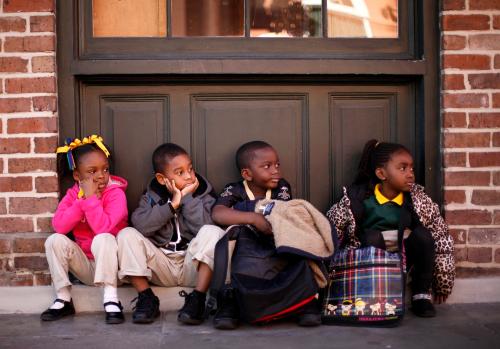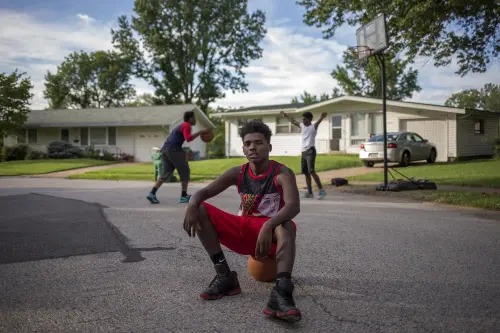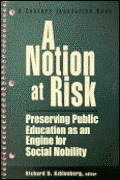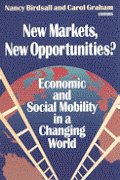The Horatio Alger ideal of upward mobility has a strong grip on the American imagination (Reeves 2014). But recent years have seen growing concern about the distance between the rhetoric of opportunity and the reality of intergenerational mobility trends and patterns.
The related issues of equal opportunity, intergenerational mobility, and inequality have all risen up the agenda, for both scholars and policymakers. A growing literature suggests that the United States has fairly low rates of relative income mobility, by comparison to other countries, but also wide variation within the country. President Barack Obama has described the lack of upward mobility, along with income inequality, as “the defining challenge of our time.” Speaker Paul Ryan believes that “the engines of upward mobility have stalled.”
But political debates about equality of opportunity and social and economic mobility often provide as much heat as light. Vitally important questions of definition and motivation are often left unanswered. To what extent can “equality of opportunity” be read across from patterns of intergenerational mobility, which measure only outcomes? Is the main concern with absolute mobility (how people fare compared to their parents)—or with relative mobility (how people fare with regard to their peers)? Should the metric for mobility be earnings, income, education, well-being, or some other yardstick? Is the primary concern with upward mobility from the bottom, or with mobility across the spectrum?
In this paper, we discuss the normative and definitional questions that guide the selection of measures intended to capture “equality of opportunity”; briefly summarize the state of knowledge on intergenerational mobility in the United States; describe a new microsimulation model designed to examine the process of mobility—the Social Genome Model (SGM); and how it can be used to frame and measure the process, as well as some preliminary estimates of the simulated impact of policy interventions across different life stages on rates of mobility.
The three steps being taken in mobility research can be described as the what, the why, and the how. First, it is important to establish what the existing patterns and trends in mobility are. Second, to understand why they exist—in other words, to uncover and describe the “transmission mechanisms” between the outcomes of one generation and the next. Third, to consider how to weaken those mechanisms—or, put differently, how to break the cycles of advantage and disadvantage.











